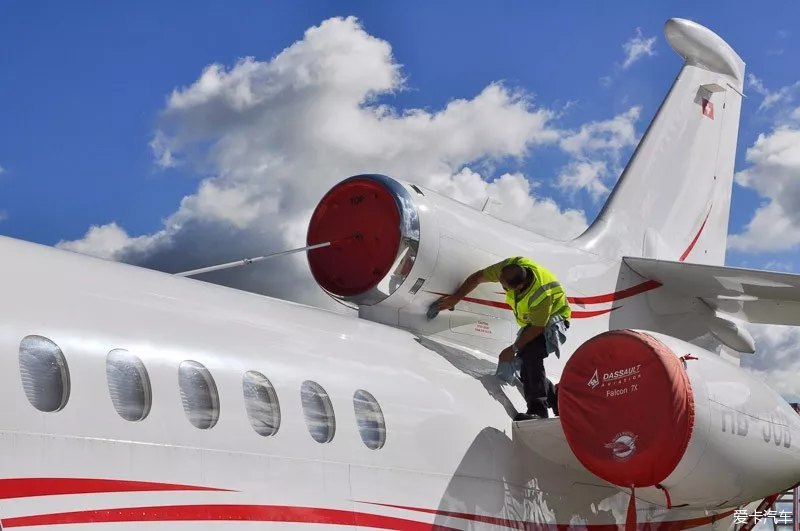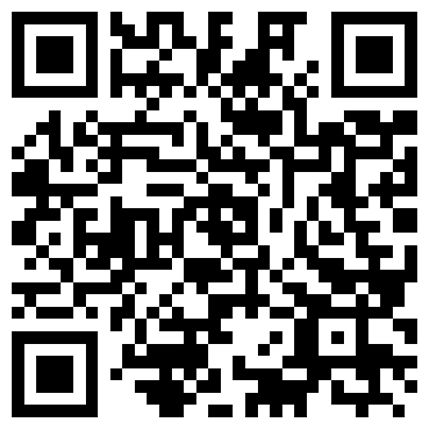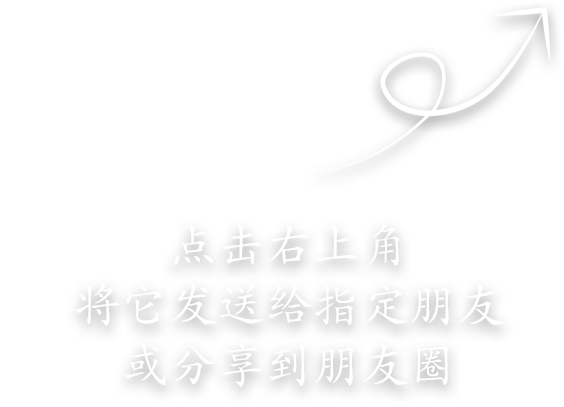-
Mobile Version
Scan with Mobile
- Member Center
 521
521
Why does the plane take a shower?
People may want to clean the plane because it's dirty, to make it beautiful!
But actually bathing an airplane isn't just about that.
During long periods of flight and parking, aircraft may be contaminated by atmospheric, ground, fuel exhaust, and other pollutants such as smoke, dust, oil, carbon, and oxides may be deposited on the surface of the fuselage and its components.
Deposition of pollutants not only affects the aesthetics of aircraft, but also reduces the surface finish of the fuselage, increases friction resistance, and increases fuel consumption during flight. At the same time, it may also increase the accumulation of static electricity, which is not conducive to safe flight. What is more serious is that these pollutants may cause local corrosion and affect the service life of some aircraft structures.
Regular "bathing" of aircraft not only makes the appearance of the aircraft cleaner and more beautiful, but also can reduce flight fuel consumption, reduce the occurrence of corrosion, extend the life of the aircraft structure, and ensure the safe and normal operation of the aircraft.
How often do planes take baths?
Depending on the requirements of different airlines, the periodic cleaning cycle for aircraft varies slightly, but most aircraft are thoroughly cleaned once or twice a month. In the daily maintenance of aircraft, maintenance engineers have developed the habit of "cleaning anytime, anywhere, and immediate maintenance", and carry professional cleaning equipment with them.
How long does it take to take a shower on an airplane?
Depending on the size of the model, the timing varies slightly. Taking the Airbus 737 model as an example, dry cleaning takes about 2.5 to 3 hours, while washing+drying+waxing takes about 5-6 hours.
How do I take a shower on a plane?
Currently, there are two types of bathing methods for airplanes: dry cleaning or water washing.
Before the invention of dry cleaning, water washing was the main method of cleaning aircraft. Many airports have installed parking spaces containing water pumps for aircraft cleaning. Whether it's dry cleaning or water cleaning, aircraft wheels, sensors, and engines are usually covered with a protective bag. Then the cleaning work can start.
Step 1 "Apply shower gel". The cleaning personnel first apply cleaning agent to the aircraft and wait for a period of time.
Step 2 "Washing and brushing". Next, you can wash the machine rod and brush, and at this time, you can also rinse with water.
Step 3 "Dry". After washing, the plane will be wiped dry with a clean towel.
Step 4 "Apply Body Milk". As a final step, the plane will be sent to wax.
"When it reappears in front of us, it is the sparkling" new plane ".".
Dry cleaning refers to applying a professional cleaner directly to the fuselage of an aircraft and then wiping it dry with a professional cleaning tool. Dry cleaning has obvious advantages over water cleaning: it saves water and time.
IMG_ two hundred and fifty-six
Now everyone knows that "bathing" an airplane is a very necessary job. An aircraft that looks as clean as new in appearance cannot be dispensed with without the efforts of airline employees in aircraft cleaning.
Some images are from the internet and are only for sharing and deletion



